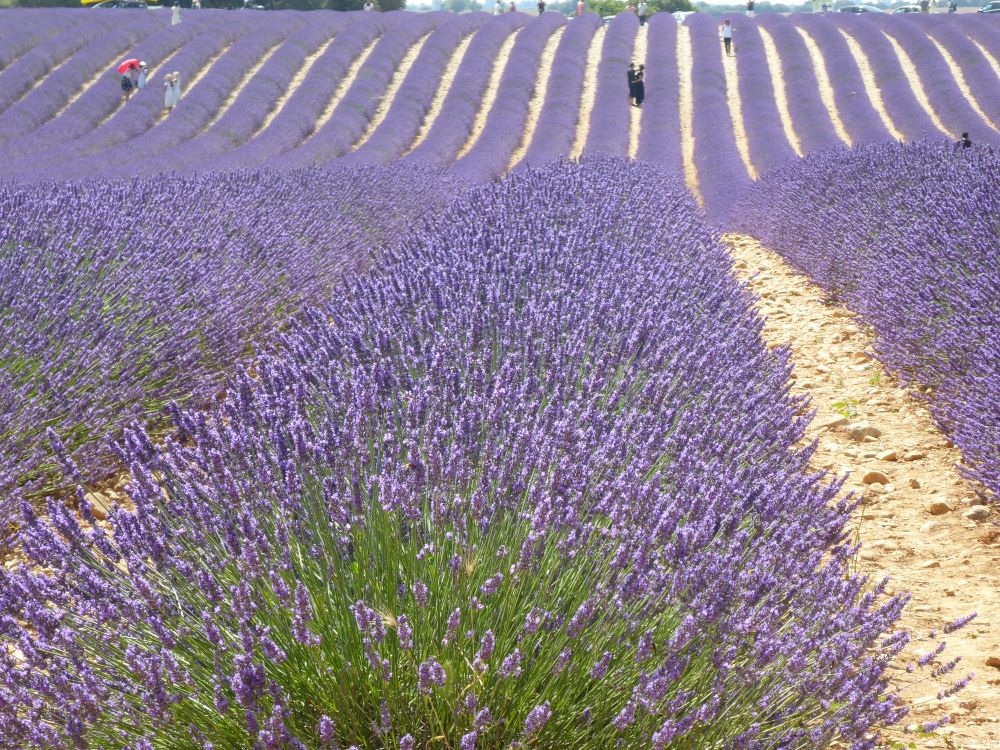Lavender, with its soothing fragrance and versatile properties, has been cherished for centuries. Distilling lavender using traditional methods is not only a delightful journey into the past but also an art that allows us to extract its essential oils in their purest form. In this blog post, we will take you through the step-by-step process of traditional lavender distillation, connecting with nature and preserving an ancient craft.
Step 1: Harvesting Lavender
The first step in traditional lavender distillation is harvesting the lavender at the optimal time. Typically, the best time to harvest lavender is in the morning when the dew has dried but before the heat of the day sets in. Choose stems that have just begun to bloom, as they contain the highest concentration of essential oils.
Step 2: Preparing the Distillation Apparatus
Traditionally, a copper alembic is used for lavender distillation. This beautiful and time-tested apparatus consists of three parts: the pot, the swan neck, and the condenser. Before use, ensure that the alembic is clean and free of any impurities.
Step 3: Packing the Pot
Gently pack the harvested lavender stems into the pot of the alembic. Avoid overpacking to allow steam to pass through the plant material freely. The essential oils are concentrated in the flowers, so try to include as many blooms as possible.
Step 4: Adding Water
Fill the pot with water, ensuring that it covers the lavender without completely submerging it. The water will be heated to produce steam, which will pass through the lavender, extracting the essential oils.
Step 5: Assembling the Alembic
Carefully attach the swan neck and the condenser to the pot. The swan neck will direct the steam towards the condenser, where it will cool and turn back into liquid form.
Step 6: Heating the Alembic
Place the alembic on a gentle heat source, such as a wood fire or a low gas flame. Slow and steady heating is crucial to avoid scorching the lavender and to maximize the yield of essential oils. It's important to keep a close eye on the process to prevent overheating.
Step 7: Condensation and Collection
As the steam travels through the swan neck and condenser, it will cool down and condense into a liquid, known as the hydrosol. This aromatic liquid, often referred to as lavender water, contains some of the essential oils and possesses therapeutic properties of its own.
Step 8: Separation of Essential Oil
As the distillation progresses, the essential oil will separate from the hydrosol and float to the surface. The oil can be collected by carefully skimming it off the top or by using a special tool like a "Florentine flask" to capture the oil.
Step 9: Storing the Essential Oil
Once collected, the essential oil should be stored in dark glass bottles and kept in a cool, dry place away from direct sunlight. When stored correctly, lavender essential oil can retain its potency for years.
Distilling lavender using traditional methods is an ancient and rewarding practice that allows us to connect with nature and preserve the essence of this beloved plant. The process itself is a meditative experience, fostering a deep appreciation for the art of extracting essential oils. Whether you choose to embark on this journey for personal use or to share the joy with others, the result will be a pure and aromatic treasure that embodies the spirit of lavender and the heritage of traditional distillation.

